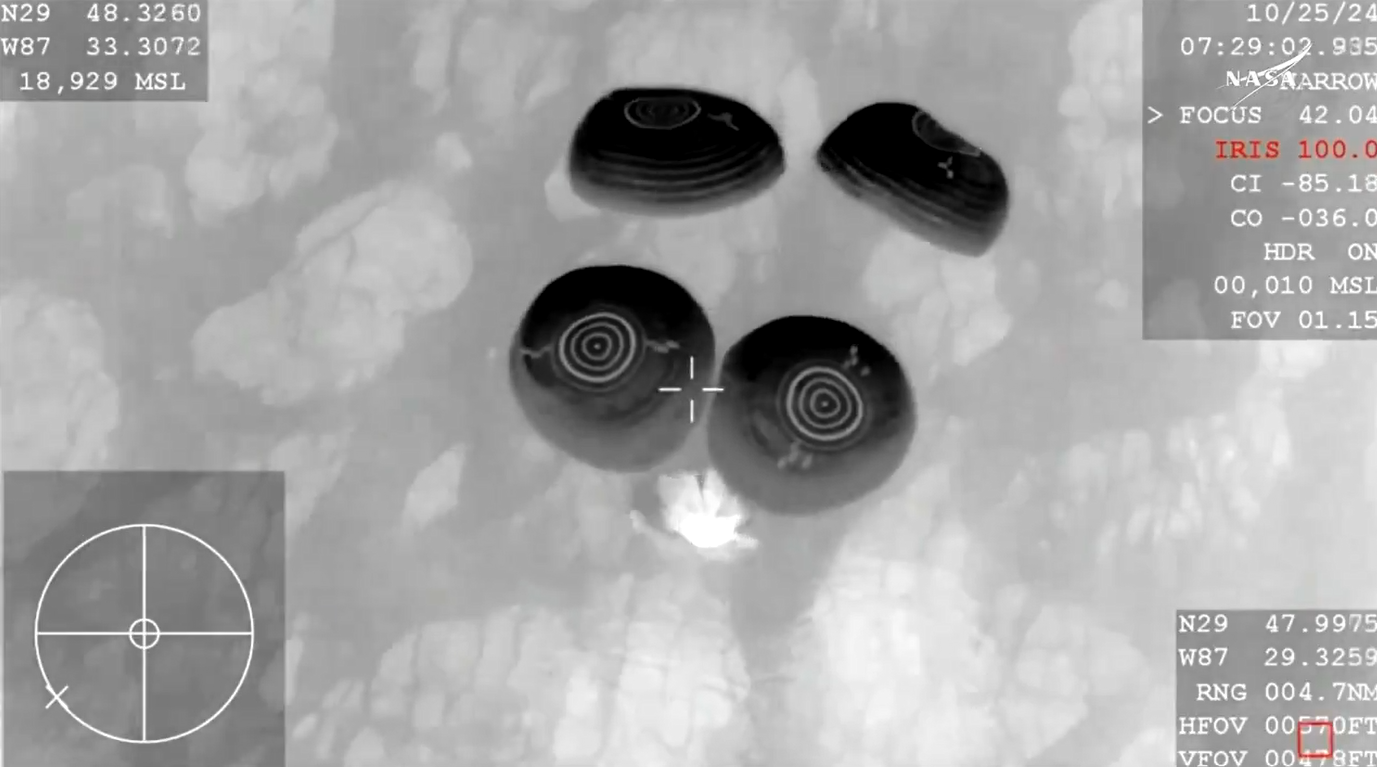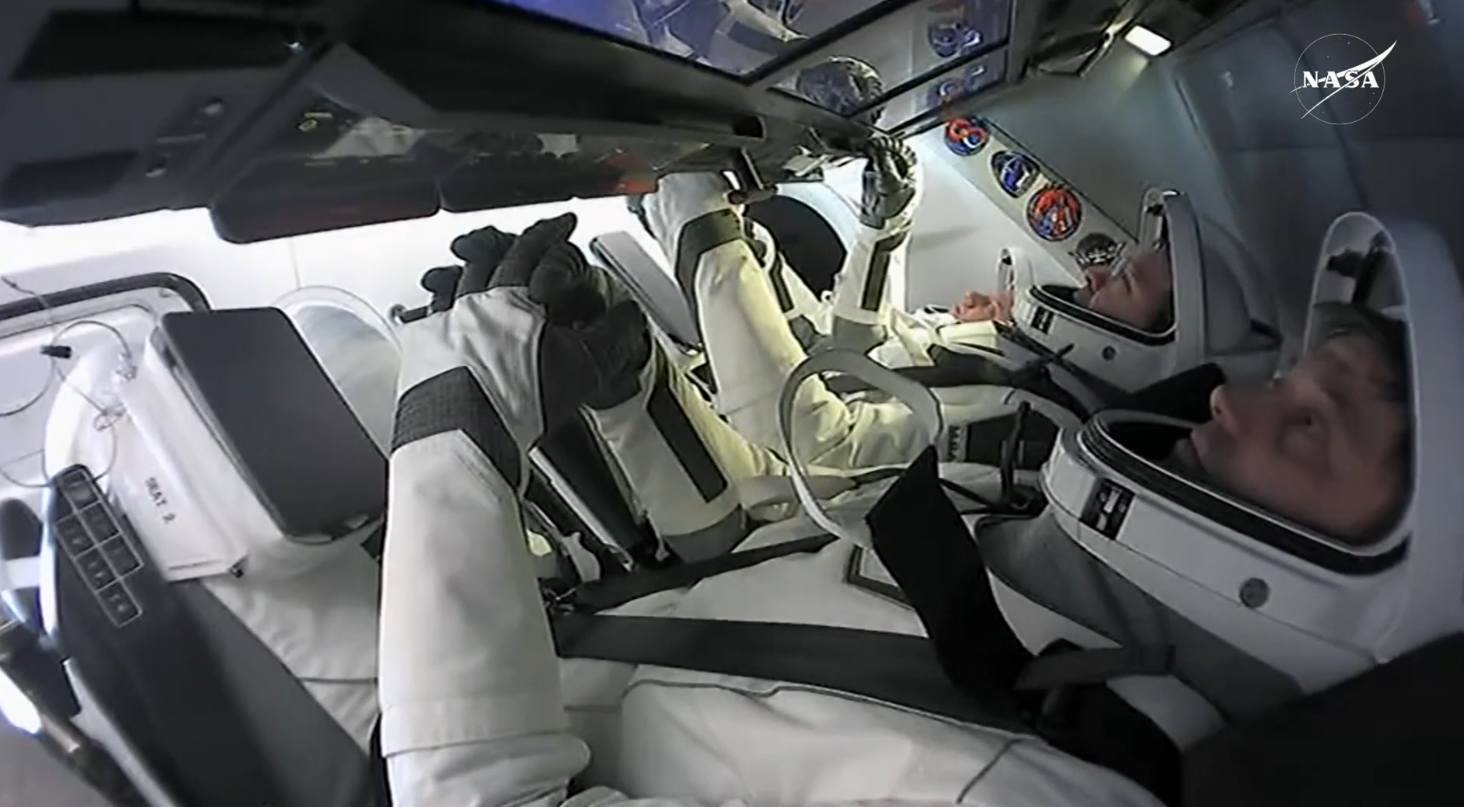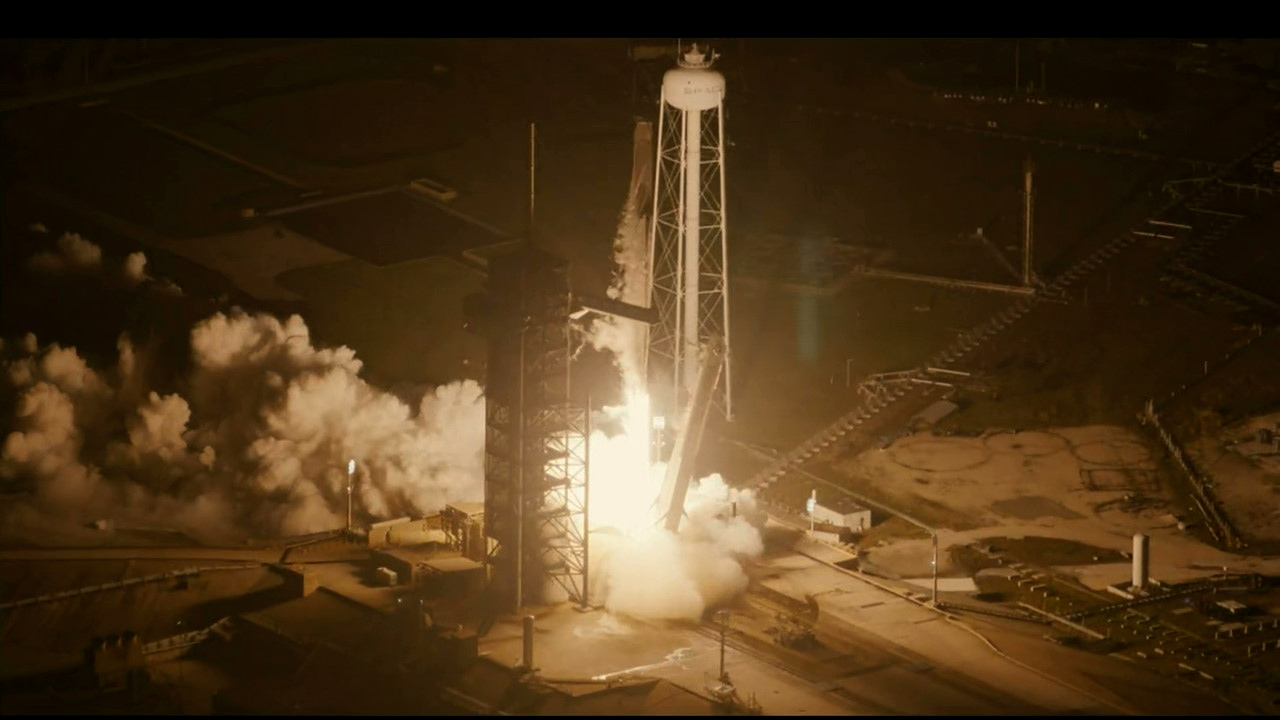
NASA astronauts Matthew Dominick, Michael Barratt, and Jeanette Epps, as well as Roscosmos cosmonaut Alexander Grebenkin, splashed down safely in their SpaceX Dragon spacecraft off the coast of Pensacola, Florida, at 3:29 a.m. EDT, completing a seven-month science mission aboard the International Space Station.
Teams on the SpaceX recovery ship, including two fast boats, are securing Dragon and ensuring the spacecraft is safe for recovery. As the fast boat teams complete their work, the recovery ship will move into position to hoist Dragon onto the main deck with the Crew-8 crew members inside. Once on the main deck, the crew will be taken out of the spacecraft and undergo medical checks before a short helicopter ride to board a plane for NASA’s Johnson Space Center in Houston.
NASA and SpaceX will hold a media teleconference later this morning at 5 a.m. EDT to discuss the Crew-8 mission and the crew’s return to Earth. NASA will stream live coverage of the teleconference on the agency’s YouTube channel. Participants include:
- Richard Jones, deputy manager, NASA’s Commercial Crew Program
- Bill Spetch, operations and integration manager, NASA’s International Space Station Program
- William Gerstenmaier, vice president, Build & Flight Reliability, SpaceX
Learn more about commercial crew and space station activities by following @commercial_crew, @Space_Station, @ISS_Research on X, as well as the Commercial Crew Facebook, ISS Facebook, and ISS Instagram accounts.




